Part two of David Murray’s treatise on the origins of the pipe band. Read part 1 here. Of the picture above David tells us: Pipers of the 78th Ross-shire Buffs, Shorecliffe, Kent 1862. P/M Alexander MacKellar and his five pipers. The Lance Corporal standing is Ronald MacKenzie, one of the giants of his day. The Pipe Major wears the medals for the Persian War of 1856/57 and the Indian Mutiny 1857/58. MacKellar claimed to have composed The Barren Rocks of Aden but other sources attribute the first two parts to James Mauchline also of the 78th.
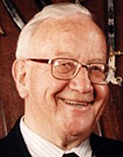
It seems about time that we considered the introduction of the Highland piper into the marching band. Pipers tend to be associated with the kilted regiments but there is evidence that they first made their appearance in two at least of the regiments now classified as Lowland. Until 1881, the four (not three!!) Lowland regiments were dressed in the same uniform as all the other regiments of the line, English, Welsh, or Irish.
For those regiments, no concessions were made to ethnic or any other origins until 1881. The kilt, on the other hand, was originally authorised as a recruiting gimmick to tempt young Highlanders to enlist. Several factors, which need not be examined here, ensured its survival. The earliest authentic representation of a piper in a Lowland regiment is in a painting of the 25th Edinburgh Regiment made in Minorca in 1759. He wears the kilt.
By about 1840, ten or more pipers were to be found in each of the Highland regiments and often in the Lowland too, although the Royal Scots seem to have allowed the tradition to lapse. Until 1854, any pipers that a Highland regiment wished to maintain were clothed and equipped by the officers.
[wds id=”2″]
It is generally believed that the Army, that is the War Office, had set its face against pipers in any shape or form. This was not the case. The official line was that the Highland regiments could have as many pipers as they liked providing that the number of drummers and bandsmen was correspondingly reduced. This is what stuck in the craw of the Highland officers. However, persistence finally paid off in 1854 when the Highland regiments were allowed to hold a pipe major and five pipers in addition to the permitted number of men. It is from this date that the story of the pipe band begins.
Of course, the reality must have been different. Imagine our ten pipers standing in a circle getting tuned up prior to going on parade. The fifes needed no tuning but the drummers would be bracing up and tapping their drums, rattling out beatings on the counter hoops and on anywhere else that would make a noise. The pipers start settling the pipes down by playing a march in a circle. Now at this time the Corps of Drums were also playing folk tunes like The Muckin’ and Geordie’s Byre as marches, so the drummers would have the beatings off.
The drummers would join in as much for a lark as anything else. It was therefore a painless decision to detail some of the drummers to play along with the pipers. This was so natural that precisely when this was first done has never been recorded, although there is evidence to suggest that it was usual by the time of the Crimean War of 1854/56. A print made soon after that war of the last march of the Highland Brigade at Dover shows the pipers of the Black Watch leading and playing, while behind them come the drummers who are quite clearly beating.
Gradually over a period of time the Pipes and Drums began to oust the Corps of Drums, although several regiments maintained both, at least up to the outbreak of the Great War in 1914, and the Scots Guards still do. The Corps of Drums had played the major part at the beating of Reveille, Retreat and Tattoo, three of the four main events of the soldier’s day. These duties the Pipes and Drums took over. Have you ever wondered why marches in 3/4 and 9/8 time are called Retreat marches? Well, I’ll tell you …
The procedure at Retreat followed a set routine. The regulations in force at the time when the pipes were taking over from the fifes stated that for Retreat the Drum Major was at liberty to choose any tune that he liked ‘provided that it had three beats in the bar, that being the time signature of the drum beating, which is regulation’. So the pipe tunes had to be chosen or composed to follow the drum beating, and not the other way round!
Similarly with the other two commitments. The Pipes and Drums had to conform to the regulation tunes on these occasions, Reveille and Tattoo, which is why the tune called Granny Duncan is still played when the Pipes and Drums of the Black Watch and The Highlanders beat ‘Long Reveille’.
It was originally ‘lifted’ from the fifes, where its name was ‘Old Mother Reilly’. The salute ‘The Point of War’ and its drum beating are also lifted from the Corps of Drums. It was, and is, played at certain stages of the Reveille and Tattoo sequences as well as a Salute, with the troops presenting arms. And the slow march we call the 74th’s Slow March was originally The Belle Isle March played by the Corps of Drums. The Siege of Belle Isle, an island off the coast of France, took place in 1761.
• To be continued. Read more about the author in this obituary by Editor Robert Wallace.


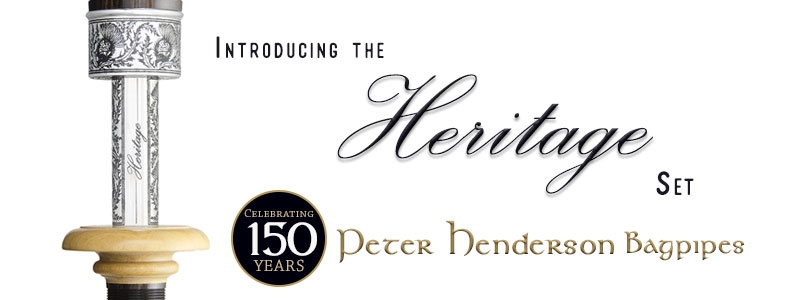

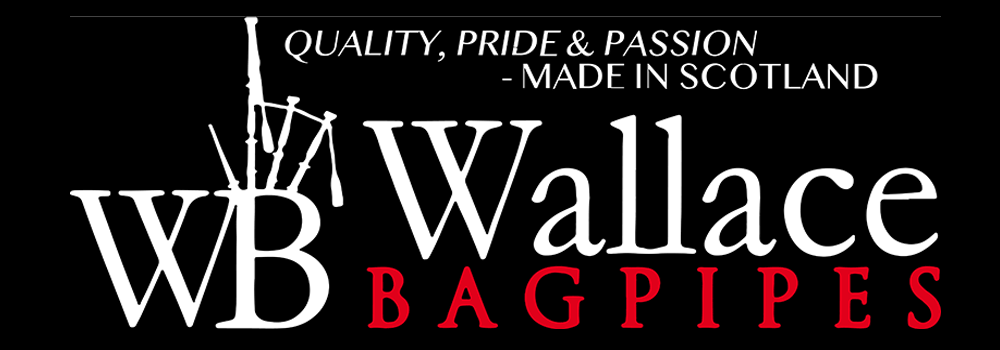




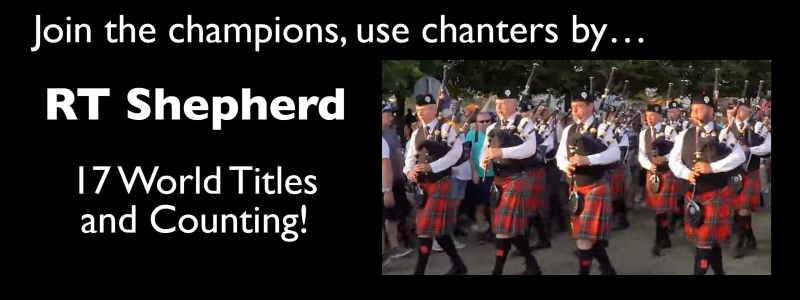
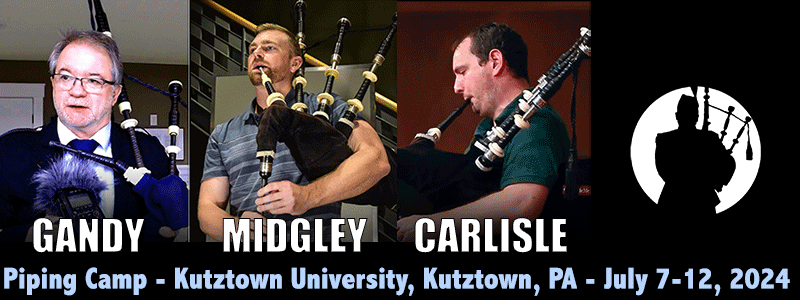




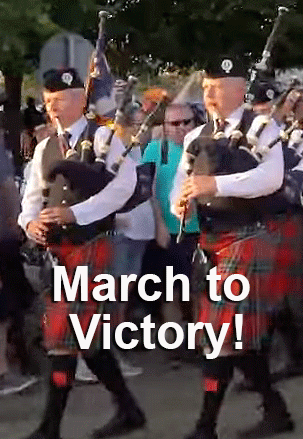







Recent Comments